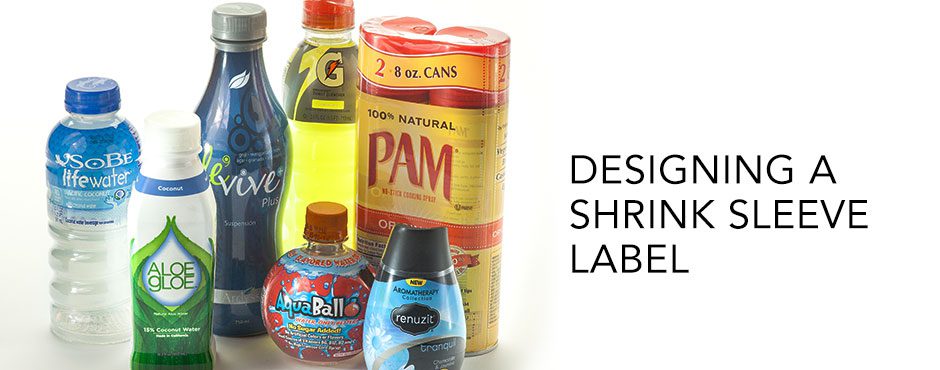
What to consider when designing a shrink sleeve label
Shrink sleeve labels are an ideal way to get your products noticed. With 360 degrees of design space, shrink sleeves can make your product jump from the shelf. This blog will talk about factors to consider when shrink sleeving your products.
Choosing the Right Shrink Sleeve Size
Presentation is key when it comes to making your product stand out. When designing a shrink sleeve label, it is important first to decide what kind of shrink sleeve label would be best for the product. Several shrink sleeve options are available, including middle, full-body, and full body and cap applications. Choosing one of these options will help you decide how much surface area you can work with when designing your sleeve.
A full-body or a full body and cap application will give you the most surface area to market and allow for a more creative approach. Using bright colors and graphics is a great way for your product to stand out, and the more surface area available, the better. When full-body labels are not the best option, using bright colors and colors that contrast with the container is something to consider. Matte or gloss varnishes, foil stamping, or laminations can also provide additional protection and help make your product stand out.
Container Shape
Another way for your products to get a second look from the consumer is to have a unique container shape. For example, a container with curves or rounded edges may stand out more than a container with flat sides. Adding texture to your container is another great option, like adding grooves. Adding texture to the shrink sleeve label, like raised text or graphics, is another option to help create shelf appeal.
Testing the Package Design
Label designers should also consider the shape of the container. If the shrink sleeve label is a full-body label, the design will need to fit the container properly. Accounting for any added curves is important when designing a label. Curves and grooves in a container can impact the label design after going through a shrink sleeve tunnel.
One of the most important to remember when designing a new label is to prototype the finished product. When the design and container shape is finalized, a small amount of film should be printed for prototyping. A trial run will help you and your team decide which shrink sleeve applicator and sleeve tunnel are the best options. Running the product at production speeds will give you an idea of how the final product will look. Once the samples run through the production process, you will see if there are any distortion issues with the colors, graphics, and how the label shrinks to the container.
There are many factors to consider when designing a new shrink sleeve label. It is important to find a balance between creating a unique design that will catch the eye of the consumer and something practical for your packaging line and product.
Are you interested in learning more about shrink sleeve labels? Check out our blog post: Shrink Sleeve Labels 101
For more information on shrink sleeves and the equipment used to apply the labels, visit the equipment section of our website and view AFM’s full line of sleeving solutions.
Still have questions about the process of sleeving a product? AFM’s knowledgeable team of district managers are here to answer your call.
